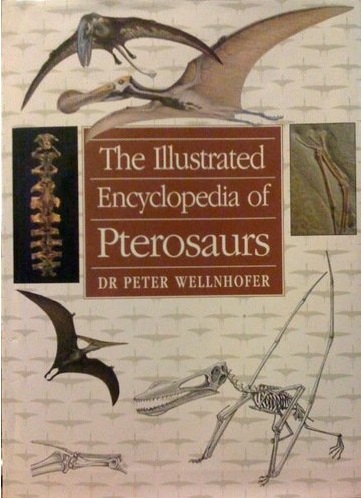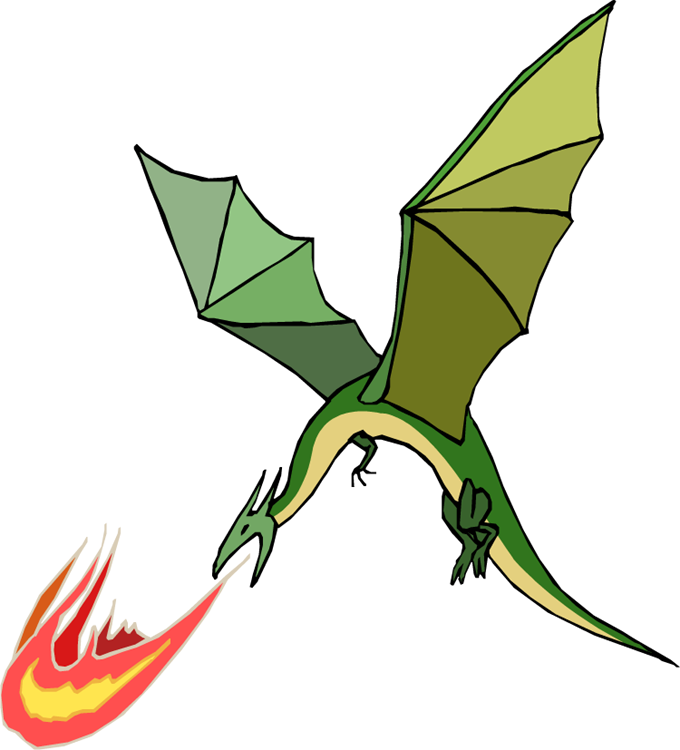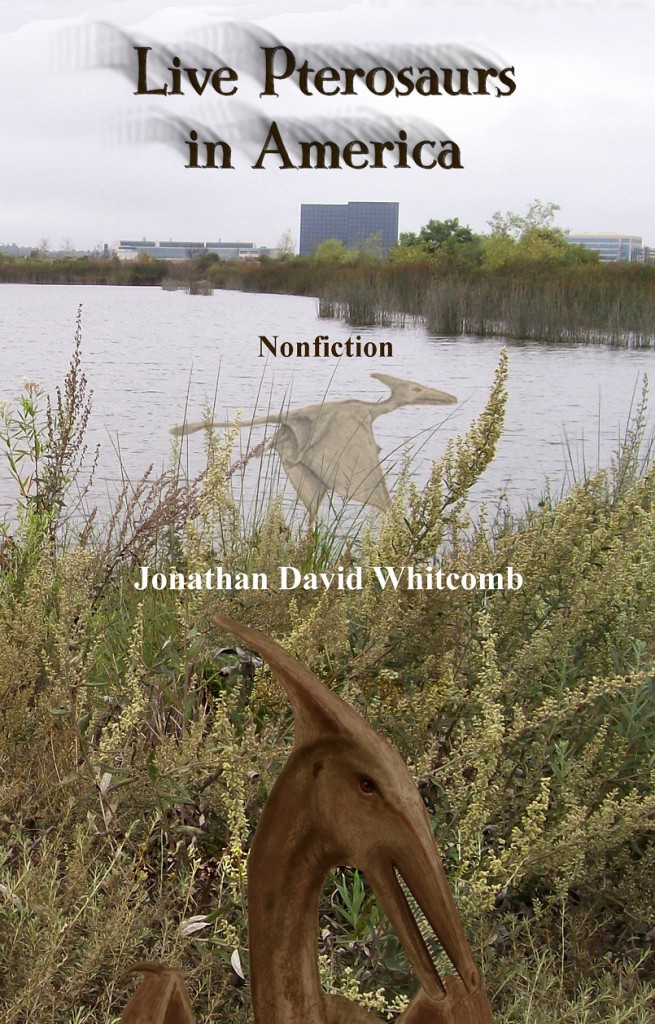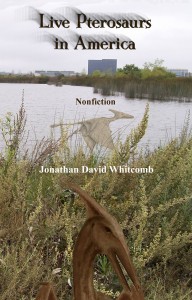How do flying dragons relate to pterosaurs? Old stories and ancient history—those contain the word “dragon,” and some of the accounts involve large creatures that fly, and sometimes those flying creatures resemble pterosaurs, at least to some extent.
Peter Wellnhofer works at the Bavarian State Collection for Palaeontology and Geology in Munich, a research institute. He is recognized as the foremost pterosaur-fossil expert in the world. I mention this to illustrate the depth of the pterosaur-extinction assumption, that it is not confined to common paleontologists. It seems like all of them assume universal extinction.
I also mention Peter Wellnhofer because of what he wrote in his book, The Illustrated Encyclopedia of Pterosaurs, regarding old records about flying dragons. I am fortunate to own a copy of his book.
The Illustrated Encyclopedia of Pterosaurs
Published by Salamander Books, Ltd., in 1991
Large hardback, 192 pages
In general I highly recommend this book as a reference to fossil discoveries of pterosaurs and what has been learned about these amazing flying creatures of the past. I do not, however, feel any need to adopt his assumption about universal extinction of pterosaurs or to adopt his assumption about many millions of years of age for the fossils.
Today I read an interesting proposition in this paleontology book:
“Dragons of the Myths”
If we pursue the history of the investigation of pterosaurs, the flying saurians of prehistoric times, there is a natural link in our minds with the myths and legends of dragons. . . .
For 16th and 17th century scholars dragons were still a reality. For example, in the Schlanganbuch (Snake Book) by the famous Swiss naturalist and town doctor Conrad Gessner, dating from 1589, there is a chapter called “Von den Tracken,” in which he describes and illustrates various dragons.
He also describes a battle between a Swiss called Winkelreid and a dragon which took place near the Swiss village of Wyler. The scholarly Jesuit father Athanasius Kircher provided a picture of this fight in his great work on natural history Mundus Subterraneus (The World Below the Earth) in 1678. According to this the dragon had a long neck and tail, four legs, and wings.
The Viennese paleontologist Othenio Abel suggested in this context that the drawing could have been based on fossil reptile finds, possibly long necked plesiosaurs from the Jurassic strata of Wurttemberg.
At a time when even naturalists believed in fabulous creatures and monsters, the discovery of fossil bones and remains of skeletons in caves must have reinforced ideas of dragons. Old names like Dragon’s Cave, Dragon’s Rock, or Dragon’s Stone still occur on modern maps.
I agree with Wellnhofer that we naturally have a tendency to connect pterosaur fossils with dragon legends. But unless he neglected to mention important evidence, he is speculating about fossil discoveries reinforcing belief in dragon stories. Even if there is some truth to that, it would not explain the dragon stories themselves.
He mentions a few geographic names that might have been related to ancient fossil discoveries, but he mentioned nothing about the many geographic names that contain nothing like “rock” or “stone” but do contain references to encounters with living creatures.
Wellnhofer also mentioned nothing about reports of strange flying creatures much earlier in history than the 16th and 17th centuries and more recently, such as from 1890 to the present. Those many accounts could have taken up many pages of his book, rather than just the few paragraphs that he chose to dedicate to dragons.
But writing extensively about sightings of pterosaur-like flying creatures would be expected of a nonfiction cryptozoology book, not a paleontology book. Nevertheless, this line of thinking brings up a question: Was Wellnhofer’s choices (in writing these few paragraphs about dragons) greatly influenced by the dogma of universal extinction of all species of pterosaurs? Since the book in general appears to have been written entirely within that paradigm, I suggest those few paragraphs were also written within it. Anyone desiring to gain much knowledge and understanding of dragon legends, and how they might relate to extant pterosaurs, needs to research in other books.
If significant truth lives in even just one of the old legends or stories of flying dragons, the intelligent and objective researcher will need to search further than in the brief writings of those who assume modern flying dragons could never have existed. My advice? Search!
.

The Illustrated Encyclopedia of Pterosaurs, by Peter Wellnhofer
###
Pterosaurs, or Flying Dragons, in California
News headlines in an 1891 newspaper included:
PTERODACTYLS
Sport Gunning for Dragons Near Fresno
Two Screaming Dragons Snap Their Jaws . . .
.
Flying Creature Sightings in Georgia
Cooler weather does not mean pterosaur sightings come to a halt, for they continue. This past Wednesday, January 2, 2013, I received an email from an eyewitness in Missouri. The sighting was not old: “about 45 minutes ago.”
.
Live Pterosaur in Georgia?
Reports of living “pterodactyls” in Georgia . . . probably relate to sightings of some flying creatures in South Carolina and Florida, according to author Jonathan Whitcomb . . .





